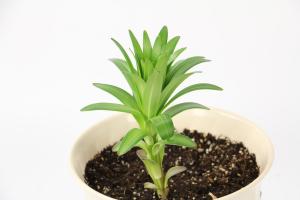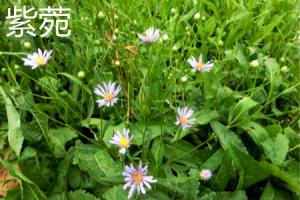When to Plant Pumpkins in Wisconsin
Introduction
Pumpkins are a popular crop in Wisconsin, known for their vibrant colors and use in seasonal decorations and recipes. If you are planning to grow them in your garden, it is essential to know when to plant them to ensure they reach their full potential.
Climate in Wisconsin
Wisconsin has a temperate climate with cold winters and warm summers. The state has a USDA plant hardiness zone ranging from 3a to 5b, which means that it is suitable for growing different varieties of pumpkin.
Best Time to Plant Pumpkins in Wisconsin
The best time to plant pumpkins in Wisconsin is between late May and early July. The soil temperature should be at least 60掳F, and the air temperature should be consistently above 50掳F for successful germination. Pumpkins take about 90 to 120 days to mature, depending on the variety, so it is best to plant them early in the growing season to ensure a good harvest.
Preparing the Soil
Before planting pumpkins, you need to prepare the soil. Pumpkins require well-drained, nutrient-rich soil, with a pH level between 6.0 and 7.0. You can add organic matter, such as compost, to improve soil quality. Pumpkins also need full sunlight, so choose a location that receives at least six hours of direct sunlight per day.
Planting Techniques
To plant pumpkins, create a small hill by mounding soil over an area that is 4-6 feet wide. Two to three seeds can be planted per hill, about 1 inch deep into the soil. Once they have sprouted and started to grow, thin them, leaving only the healthiest seedling in each hill. Space each hill 5 to 6 feet apart to provide enough room for the growing pumpkin vines.
Routine Maintenance
Regular maintenance is essential for a good pumpkin crop. Water the plants frequently, ensuring that they receive about 1 inch of water per week. Mulch around the base of the plants, which will help retain moisture and control weeds. Fertilize the plants using a balanced fertilizer, and monitor them for pests and diseases. If any are found, treat them promptly to prevent further damage to the plants.
Harvesting Pumpkins
Pumpkins are ready to harvest when their skin turns a deep, uniform color, and the stalks have turned brown and dry. Cut the pumpkin from the vine, leaving 2 to 3 inches of the stem attached. Allow the pumpkins to cure in a warm, dry place for at least 10 days before using them for decorations or recipes.
Conclusion
When to plant pumpkins in Wisconsin is an essential consideration for home gardeners who want to grow these colorful and nutritious vegetables. By following the right planting techniques and routine maintenance procedures, you can ensure a successful pumpkin harvest at the end of the growing season.

 how many times do yo...
how many times do yo... how many planted tre...
how many planted tre... how many pine trees ...
how many pine trees ... how many pecan trees...
how many pecan trees... how many plants comp...
how many plants comp... how many plants can ...
how many plants can ... how many plants and ...
how many plants and ... how many pepper plan...
how many pepper plan...
































